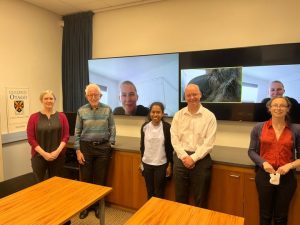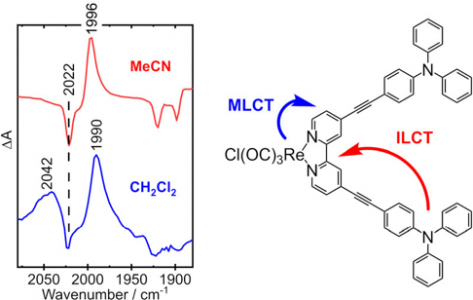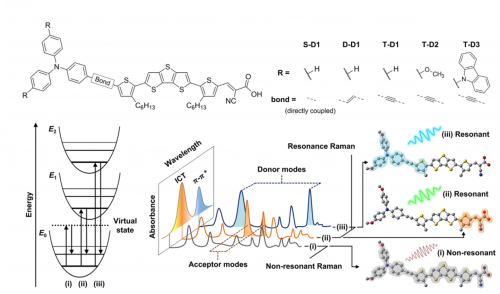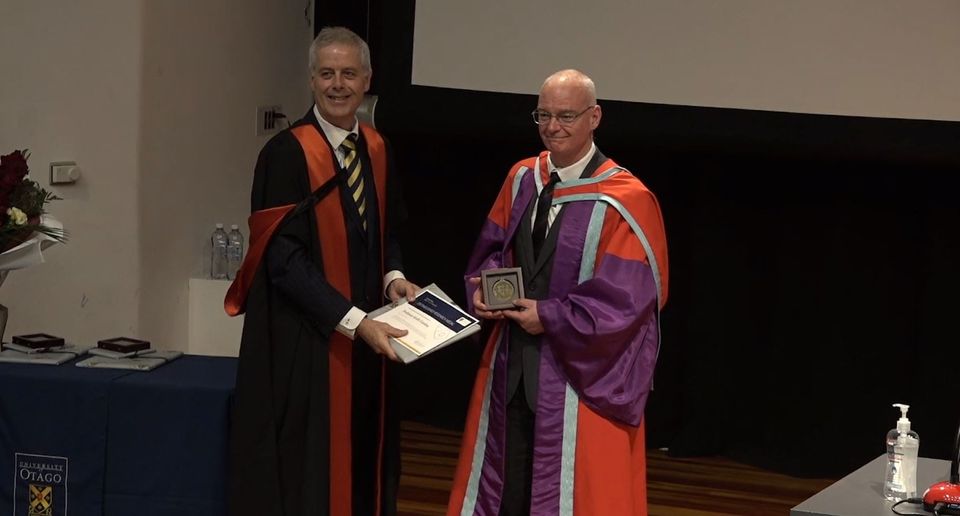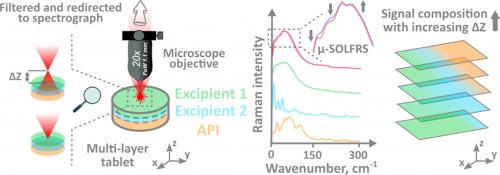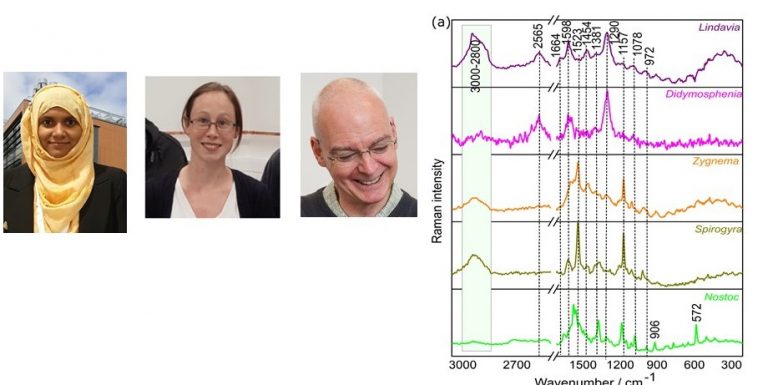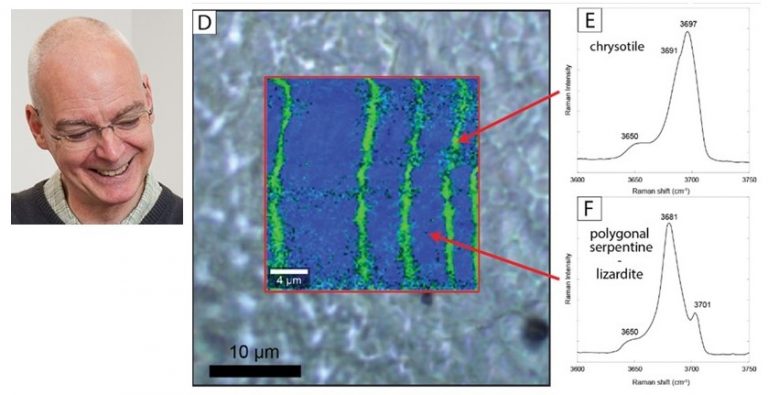Congratulations Samanali
New publication out in JACS
Congratulations to Josh, Dan Preston, Keith and James Crowley who, with researchers in Germany and the UK recently published a paper in the Journal of the American Chemical Society (https://doi.org/10.1021/jacs.1c02755 ). The paper describes the synthesis of a series of metal complexes with donor-acceptor moieties on the ligands. These systems have unusual excited state properties in which long-lived intra-ligand charge transfer states may be accessed. Such long-lived states can be utilised in photo catalysis or in the solar energy capture.
New publication out in Materials Advances Today
Congratulations to Joe, Keith, and sabbatical visitors Wang-Hyo Kim and Tae-Hyuk Kwon (Ulsan Korea) on their recent publication in Materials Advances Today 12, 2021, 100180.
The paper, entitled “A Resonance Raman spectroscopic study on charge transfer enhancement in photosensitizers” describes how spectroscopy can be used to correlate with the effectiveness of dyes in solar cells thus offering a new design strategy for improved solar cells.
University of Otago Distinguished Research Medal
New publication out in Analytical Chemistry
Congratulations Ka̅rlis, Sara and Keith for their recent publication in Analytical Chemistry (https://doi.org/10.1021/acs.analchem.1c01670) entitled Pseudo-3D Subsurface Imaging of Pharmaceutical Solid Dosage Forms Using Micro-spatially Offset Low-Frequency Raman Spectroscopy. The technique allows you to measure underneath the surface of a material and has clear applications in non-destructive analysis of fruit where the skin does not reveal the quality of the product.
New publication out in Food Chemistry
Congratulations to Chima, Joshua, Sara and Keith who, with researchers at AgReserach, published a paper in Food Chemistry entitled “Evaluating low- mid- and high-level fusion strategies for combining Raman and infrared spectroscopy for quality assessment of red meat”. The paper shows how using light one can evaluate key quality parameters in meat (such as pH). This work was part of an MBIE program with AgResearch.
ACS Fall 2021 conference
Congratulations to Fatema, who presented a virtual talk on ‘The use of Raman Microscopy for the detection and identification of microplastics in New Zealand commercial fish’ at the ACS Fall 2021 conference.
New publication out in Journal of Raman Spectroscopy
Congratulation to Fatema, Sara, Samanali and Keith who, with researchers in Zoology and at Landcare, recently published a paper entitled, “Lake snow caused by the invasive diatom Lindavia intermedia can be discriminated from different sites and from other algae using vibrational spectroscopy” in the Journal of Raman Spectroscopy (http://doi.org/10.1002/jrs.6161).
This study showed how Raman spectroscopy could be used to detect lindavia (lake snow) from other species and identify the lakes from which the lindavia had been sampled. This is part of a larger project looking at monitoring lakes with optical techniques.
University of Otago’s Distinguished Research Medal
 Congratulations to Keith who is the winner of the University of Otago’s Distinguished Research Medal for 2021.
Congratulations to Keith who is the winner of the University of Otago’s Distinguished Research Medal for 2021.
We are immensely proud of you! Well deserved! -KCG group members
New publication out in Earth and Planetary Science Letters
Congratulations to Jeremy and Keith who published a paper, in collaboration with the Department of Geology, entitled “A common type of mineralogical banding in serpentine crack-seal veins”.
In this paper published in Earth and Planetary Science Letters (https://doi.org/10.1016/j.epsl.2021.116930), Raman spectroscopy is able to detect the incredibly narrow bands of chrysotile within lizardite. Using a variety of samples from around the world it is shown that this Raman-based technology may be used for a host of samples. The Geology suggests that recurrent small earthquakes lead to the banding.

